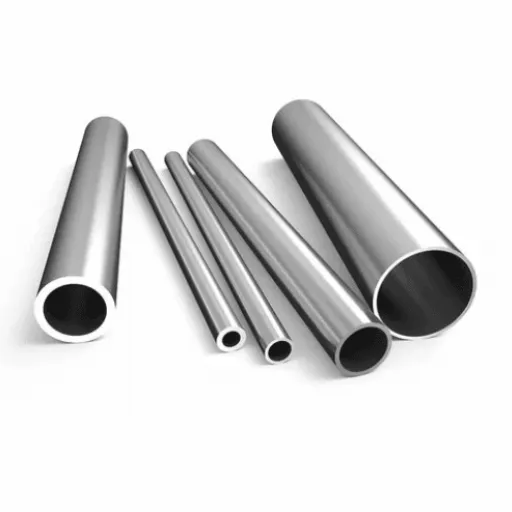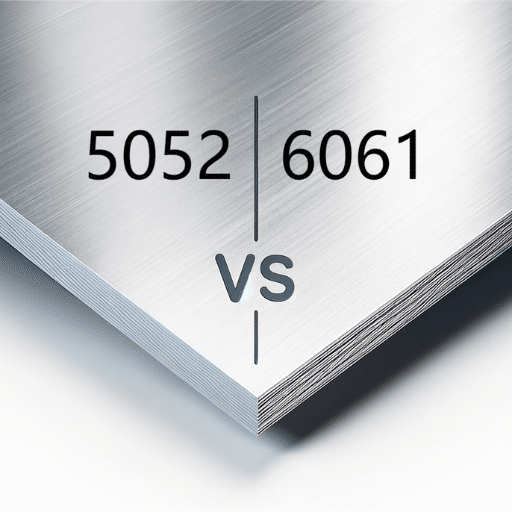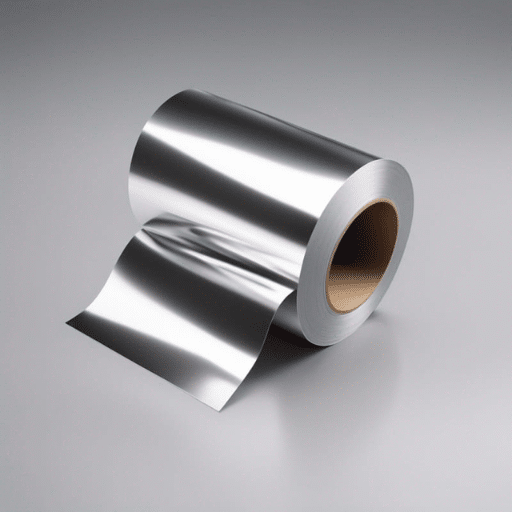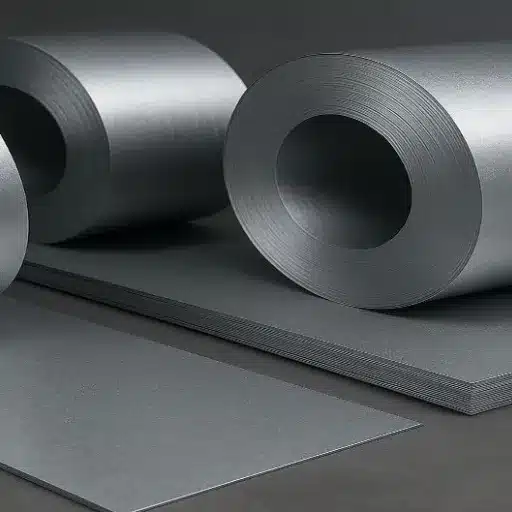Understanding the differences between galvanized steel and stainless steel is important when it comes to picking the right material for building, manufacturing, or even everyday tools. While steel and stainless steel are both widely used for their durability and aid to corrosion, they differ greatly in their composition, cost, and best uses. The following instructions will cover the important details of these two types of steel, so that you can make well-informed decisions. Whether shopping for your home or working on your industrial, this article will help you select the most appropriate materials without worrying.
Understanding the Basics of Steel
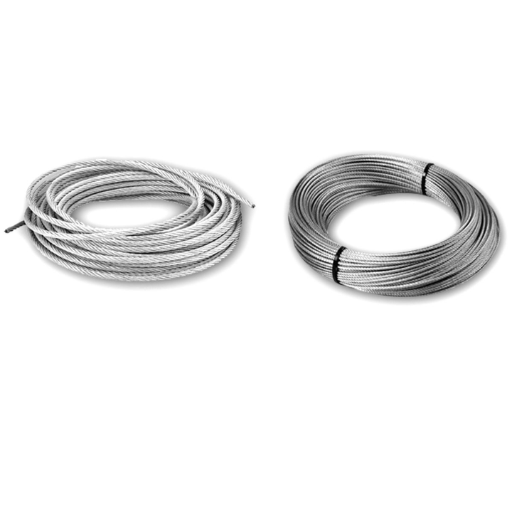
Steel is an alloy mainly consisting of iron and carbon, where the carbon ranges from 0.02 percent to 2.1 percent. Steel is strong and durable material used in construction, for manufacturing tools, and for making various other products. Steel is financially affordable, and its strength and flexibility make it useful in many areas. Its attributes, however, can be shifted by adding different materials such as chromium or nickel, which can be used to improve corrosion resistance and hardness. Such modifications give rise to different kinds of steel, including plain steel and stainless steel, which serve different purposes.
What is Steel?
Steel is an alloy made mostly of iron and carbon, with small amounts of other elements like manganese, chromium, or nickel added to give it certain characteristics. Steel is made by purifying iron, especially getting rid of sulfur and phosphorus, and then fixing the carbon percentage to the required level. Thanks to its strength, durability, and other mechanical properties, steel is one of the most widely used materials in the world. Steel finds application in the construction and automotive sectors and even in household appliances. Advancements in the manufacturing of steel have made it possible for manufacturers to create specialized types of steel, such as stainless steel, which is corrosion resistant, and high-strength low-alloy (HSLA) steel, designed for use in tougher conditions.
Did you know? 80% of steel manufactured worldwide is recycled after use, making it one of the most sustainable materials available.
Types of Steel
Steel is available in many different types, each designed for a specific use or set of requirements. Carbon steel, alloy steel, stainless steel, and tool steel are the four most important categories of steel.
| Steel Type | Composition | Primary Uses | Key Characteristics |
|---|---|---|---|
| Carbon Steel | Carbon and iron | Construction, infrastructure | Low, medium, and high carbon variants with diverse blends of hardness, strength, and ductility |
| Alloy Steel | Chromium, nickel, molybdenum additions | Vehicles, pipelines, energy industries | Improved strength, toughness, and wear resistance |
| Stainless Steel | High chromium percentage | Culinary devices, medical tools, architecture | Polished finish and remarkable corrosion resistance |
| Tool Steel | Specially hardened steel | Tools, dies, machine parts | Especially durable and heat resistant |
Galvanization Process
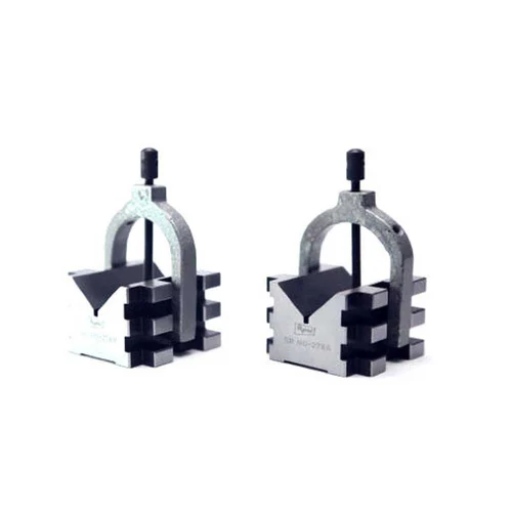
The term galvanization refers to a process in which a steel or iron structure is covered with a zinc layer to protect it from rust and corrosion. This zinc layer can be applied with several methods:
- Hot-dip galvanizing: The metal is dipped into molten zinc
- Electro-galvanizing: Uses an electrochemical process
Hot-dip galvanization continues to be the most popular method, largely due to the low costs and durable protection it provides. The zinc layer protects the metal not only from direct exposure but also provides cathodic protection; this means that the zinc layer itself will erode before the metal does, thus greatly increasing the product’s life.
Properties of Galvanized Steel
Because of the zinc coating, galvanized steel can be used across a wide range of industries. The zinc coating protects steel from moisture and oxygen, which in turn gives the steel outstanding corrosion resistance, making steel remain strong even in harsh environments such as coastal areas that see corrosive elements.
Durability Timeline
- Rural atmospheres: Over 50 years
- Urban areas: 20-25 years
- Coastal areas: 20-25 years
Key Benefits
- Cost-effective protection
- Low maintenance requirements
- Fully recyclable
- Excellent strength-to-weight ratio
Properties of Stainless Steel
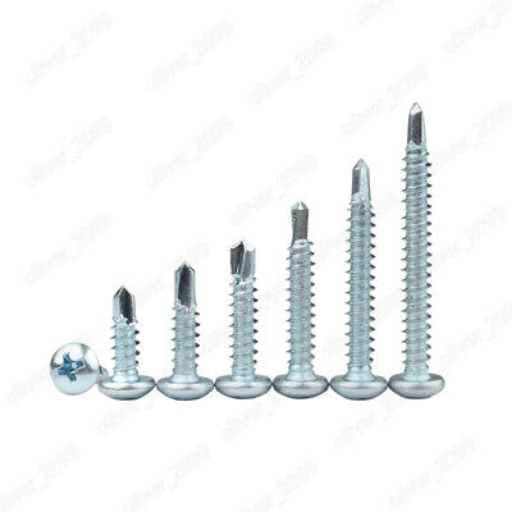
The benefits of stainless steel are many, and include its durability, corrosion resistance, and attractiveness. It is an incredibly useful material used in many industries and applications. As its name implies, stainless steel is an alloy of steel, chromium, nickel, and other metals. The chromium in the alloy reacts with oxygen to form a passivation layer that prevents rusting and corrosion.
Stainless Steel Corrosion Resistance
The corrosion resistance properties of stainless steel is primarily due to chromium, a chemical element that reacts with oxygen to produce a thin, stable passivation layer on the surface. This layer prevents oxidation and corrosion from proceeding further.
| Grade | Chromium Content | Special Properties | Best Applications |
|---|---|---|---|
| 304 | 18-20% | General corrosion resistance | Kitchen appliances, food processing |
| 316 | 16-18% | Superior chloride resistance | Marine environments, chemical processing |
Maintenance and Lifespan
Lifespan: Stainless steel may last up to 100 years in optimal conditions because of its built-in resistances. Its corrosion resistance, oxidation, and other forms of degradation of the material are usually superior in comparison to its peers.
For optimal maintenance:
- Use mild, non-abrasive detergents
- Avoid harsh substances that may damage the finish
- Protect from extreme temperatures
- Regular cleaning to remove dirt, grease, and chloride deposits
Galvanized Steel vs Stainless Steel: Key Differences
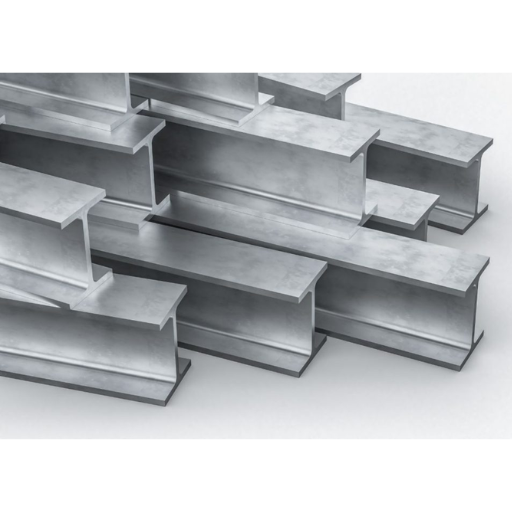
| Aspect | Galvanized Steel | Stainless Steel |
|---|---|---|
| Corrosion Protection | Zinc coating provides surface protection | Chromium provides inherent corrosion resistance |
| Initial Cost | Lower initial investment | Higher upfront cost |
| Durability | Coating can wear off over time | Long-lasting, up to 100 years |
| Maintenance | May require recoating | Minimal maintenance required |
| Appearance | Matte, industrial finish | Polished, sleek appearance |
| Environmental Resistance | Moderate in harsh conditions | Excellent in all environments |
Cost Analysis
When looking at stainless steel in general, and grade 316 in particular, the initial cost will be higher than the initial cost of mild steel, but there will be long-term savings from maintenance and durability.
- 316 Stainless Steel: $2.50-$3.00 per lb
- Mild Steel: Significantly cheaper initially
- Long-term costs: Stainless steel offers better value due to minimal maintenance
Applications in Industry
Stainless Steel Applications
Chemical & Petrochemical
Equipment, tanks, and pipelines for handling corrosive chemicals, acids, and solvents
Marine Industry
Boat fittings, pumps, and offshore platforms with excellent saltwater resistance
Food & Beverage
Food preparation equipment, sinks, tables, and dairy processing components
Pharmaceutical
Manufacturing equipment, surgical instruments, and storage tanks in sterile environments
Galvanized Steel Applications
- Construction: Fencing, railings, roofing systems
- Automotive: Underbody parts exposed to water and salt
- Renewable Energy: Wind turbine and solar mounting structures
- Infrastructure: Outdoor structures requiring weather resistance
Choosing the Better Choice: Galvanized or Stainless Steel?
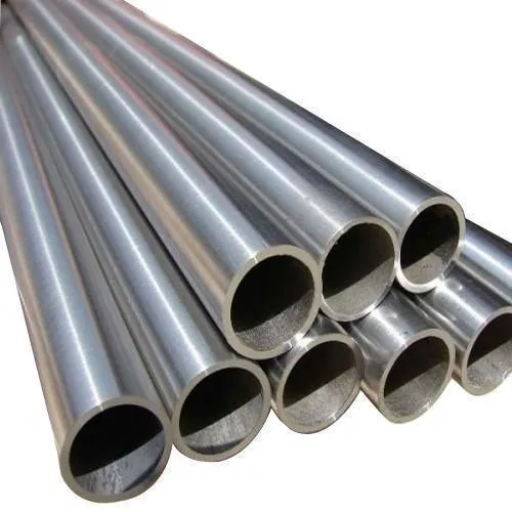
When choosing the right materials from galvanized and stainless steel, the selection is primarily driven by their purpose, the nature of the environment, the budget, and the expected period of use.
Factors to Consider
| Factor | Galvanized Steel | Stainless Steel |
|---|---|---|
| Budget | Lower initial cost, higher long-term maintenance | Higher initial cost, minimal long-term expenses |
| Environment | Suitable for moderate conditions | Ideal for harsh, corrosive environments |
| Visual Appeal | Industrial appearance | Refined, polished finishing |
| Sustainability | Recyclable, but coating may complicate process | Highly recyclable, environmentally preferred |
Quick Decision Guide:
- Choose Galvanized Steel if: Budget is primary concern, moderate environmental conditions, short-to-medium term use
- Choose Stainless Steel if: Long-term investment, harsh environments, aesthetic appeal important, minimal maintenance desired
References
-
High-Temperature Characteristics of Stainless Steel – Stanford University – Discusses the properties of various stainless steel grades, including distinctions that may relate to galvanized steel.
-
Steel Tanks for Storing and Transporting Pesticides and Fertilizers – Purdue University – Explores the use of stainless and mild steel in practical applications, offering insights into material selection.
Frequently Asked Questions (FAQ)
How do stainless steel and galvanized steel differ?
The key difference between stainless and galvanized steel is the materials used to make each and their corrosion resistance. Stainless steel is an alloy of iron and chromium, and in some cases nickel, that provides corrosion resistance superior to that offered by galvanized steel. Galvanized steel is standard steel that is covered with a zinc coating in order to protect it from rust and corrosion. Stainless steel and galvanized steel have a variety of uses, but stainless steel is usually preferred because of its strength and looks.
How does galvanized steel compare to stainless steel in terms of corrosion resistance?
Stainless steel is well-known for its corrosion resistance properties, which is further enhanced by the addition of chromium in the alloy. Compared to stainless steel, galvanized steel has notably poor corrosion resistance. Even though steel that is galvanized has a zinc coating for protection, this coating is prone to being worn off, especially when it is in acidic environments or in the presence of saltwater or high-stress applications.
In what industries is stainless steel used?
Because of its strength, excellent corrosion resistance, and aesthetic value, stainless steel finds application in virtually every industry. The industries include the production of kitchen tools, the food processing industry, and the creation of medical tools. Furthermore, its use extends to the manufacturing of automotive components and structural parts in buildings. They are also widely used in the marine industry and in industrial plants.
Which material is better for outdoor use, stainless steel or galvanized steel?
Stainless steel is preferred for outdoor applications because it has great corrosion resistance due to the nature of the coastal or humid environments. Given that galvanized steel loses its zinc coating over time, which protects it from corrosion, it tends to require more maintenance. As such, the warranty offered on structures made from galvanized steel tends to be shorter compared to the warranties offered on structures made from stainless steel, making stainless steel a great deal.
What are the types of stainless steel?
Stainless steel can be classified into three categories: austenitic, ferritic, and duplex stainless steel. The austenitic stainless steel has higher chromium and nickel content and is recognized for its formability and corrosion resistance. Furthermore, the ferritic stainless steel has lower nickel but is magnetic, and the duplex stainless steel has the properties of both the austenitic and ferritic stainless steel and has improved corrosion resistance and strength.
What is the difference between welding galvanized steel and welding stainless steel?
Special welding methods are required for stainless steel to preserve its corrosion resistance and as well the structural integrity. In the case of galvanized steel, the zinc coating can cause the element to release toxic fumes during welding. Stainless steel fumes are less toxic and tend to be easier to weld. For both kinds of metals, the welds have to be protected, and contamination should be prevented so that the weld quality is maintained.
What are the costs associated with stainless steel compared to galvanized steel?
Stainless steel has a higher cost because of the alloying elements and the superior properties that it demonstrates. Even though the initial investment in stainless steel can be higher, it tends to be more economical in the long run as it has lower maintenance costs and a longer lifespan. As for the other materials, the maintenance costs over time may be higher as well as the replacement costs, making stainless steel more appealing to use.
Can galvanized steel be used in areas with high corrosion risks?
Where galvanized steel is used, it is because the zinc coating provides a small level of corrosion resistance. Environments involving high humidity, saltwater, or acidic exposure are not ideal as these conditions lead to the degradation of the zinc coating. In such extreme environments, stainless steel would be ideal due to its capability to resist corrosion.
What is the process of galvanisation in steel?
Galvanisation describes the application of zinc to steel in order to protect steel from corrosion. Zinc application can take place through several methods including hot-dip galvanisation where the steel is dipped in molten zinc, or electro-galvanisation where zinc is electrically deposited on the steel. The galvanised coating provides a shield to the steel which aids in the durability of the steel in different applications.

